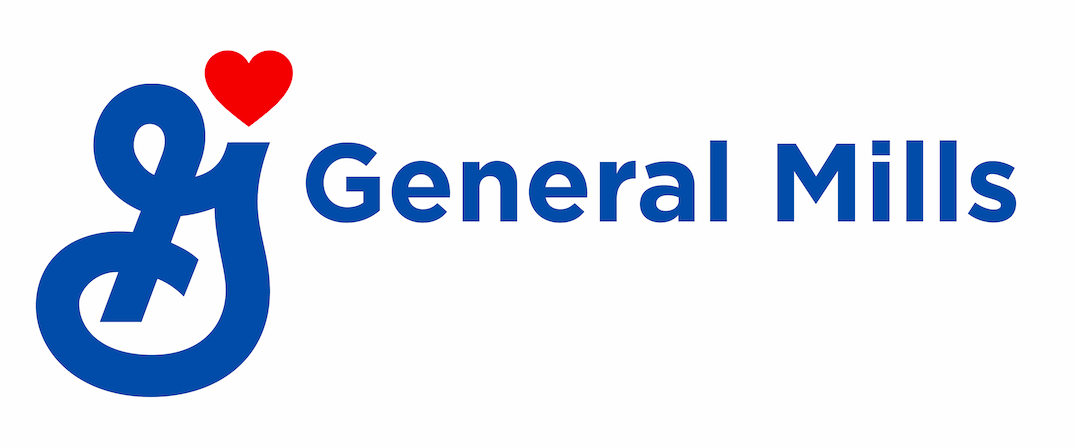Project Gigaton Q&A: The Role of Agriculture in a Company’s Carbon Footprint
Originally published on World Wildlife Fund's "Sustainability Works" blog
Walmart’s Project Gigaton is a supplier-focused initiative to prevent one gigaton of greenhouse gas emissions across their global supply chain over 15 years (2015-2030). Project Gigaton aims to inspire suppliers to reduce emissions across their own operations and supply chains.
There are six pillars of Project Gigaton through which suppliers can reduce emissions: energy, agriculture, forests, packaging, waste, and product use. World Wildlife Fund works with Walmart on several of these pillars to help suppliers reach their sustainability targets, and, in turn, further WWF’s conservation mission. In this blog, Sandra Vijn, Director of Dairy at WWF, shares why the agriculture pillar is so important to Project Gigaton.
How does agriculture contribute to climate change and emissions outputs within a company’s supply chain?
Most greenhouse gases from the production of meat, dairy or eggs are emitted before the products leave the farm gate. Emissions are released by beef and dairy cows when they digest feed. Growing feed crops for animals also contributes to the GHG footprint, of which the majority comes from the production and application of fertilizer as well as the plowing of land for crop production. Lastly, manure from these animals releases significant amounts of GHG emissions.
Cows, however, can also help increase soil’s capacity to store carbon through managed grazing of perennial forage crops and native grasses. Feed crops, including corn, soy, and wheat, can also be managed in ways to improve soil health and store carbon through practices such as no-till, cover cropping and optimized fertilizer use. Opportunities and solutions exist today to reduce emissions from manure and enteric fermentation, which could be scaled up through knowledge sharing, financial support, and other incentives from processors, traders, and other supply chain stakeholders. Project Gigaton could be a platform where learnings about solutions can be shared.
Continue reading on World Wildlife Fund's "Sustainability Works" blog

